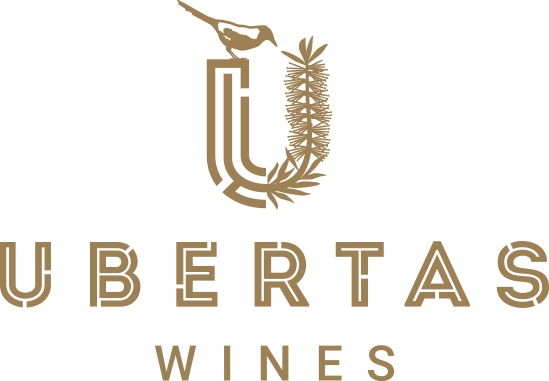Weather Conditions:
The 2023 vintage presented unique challenges influenced by the La Niña weather condition. With a cooler and wetter growing season compared to previous years, grape development was significantly affected. The higher rainfall resulted in larger canopy sizes, blocking sunlight and reducing airflow within the vineyard. This trapped moisture created a higher risk of fungal infections and disrupted photosynthesis, impacting sugar accumulation in the grapes. The cooler temperatures and reduced sunlight extended the fruit ripening period, leading to wines with higher acidity levels and lower alcohol potential. As a result, the wines from the 2023 vintage possess distinct characteristics such as elevated red fruit flavors, heightened acidity, and a touch of peppery notes.
Harvesting Strategy:
To overcome the challenges posed by the weather conditions, Philip and his team implemented a meticulous harvesting strategy. The vine canopies were carefully trimmed and thinned during the growing season to enhance sunlight penetration and airflow. Dropping green bunches ensured the remaining fruit had sufficient space to fully ripen, optimizing flavor development. The harvest was divided into five stages, each aimed at capturing specific ripeness levels and flavor profiles.
Grape Varieties and Vineyard Sources:
At Ubetras, the focus is on showcasing grape varieties that thrive in their unique terroir. Here are some notable varietals and their flavor profiles from the 2023 vintage:
- Merlot Rosé: Grown on a vineyard with a foundation of red clay subsoil and sandy loam, the resulting wine offers delightful notes of raspberries and strawberries, showcasing the inherent red fruit characteristics of Merlot.
- Shiraz: The single vineyard Shiraz, with sandy loam topsoil and a red clay subsoil, yields wines with a deep purple hue and pronounced dark fruit flavors of blackberries and dark cherries, complemented by subtle spice notes.
- Cabernet Sauvignon: Grown in a vineyard characterized by sandy loam and red clay soil, the Cabernet Sauvignon grapes contribute flavors of blackcurrant, dark cherry, and hints of capsicum to the wines.
Winemaking Techniques:
Crafting exceptional wines requires meticulous winemaking techniques. Here are some key methods employed during the 2023 vintage:
- Merlot Rosé: The Merlot grapes were gently crushed and destemmed before being pressed into closed fermenters for cold settling. After three days of clarification, the clear juice was racked off and underwent fermentation at controlled temperatures of 12-14 degrees Celsius. The resulting wine was stabilized and stored in stainless steel tanks at a chilly 2 degrees Celsius.
- Red Wines: The red wine ranges underwent fermentation in open fermenters at temperatures of 24-26 degrees Celsius for seven days. Compressed air was used twice daily for cap management, ensuring optimal flavor and tannin extraction. Following fermentation, the medium-bodied Shiraz was matured in large oak vessels to minimize oak influence, while fuller-bodied red wines were aged in new or used hogsheads for a minimum of 18 months.
